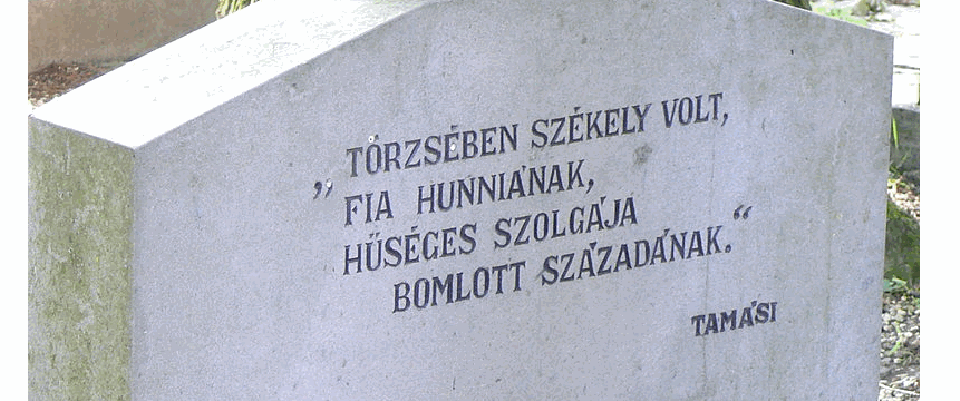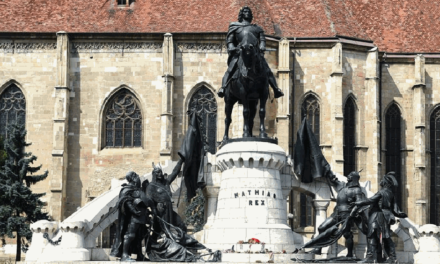The 125th anniversary of the birth of Áron Tamási was celebrated in Farkaslaka on Saturday and Sunday. The two-day series of events awaited those interested with a rich selection of programs: the native of the village was remembered in the form of book presentations, exhibitions and lectures. On Sunday, the commemoration took place at the writer's birthplace.
One hundred and twenty-five years ago yesterday, one of the best-known Székely writers, Áron Tamási, was born, who is best known in Hungarian-inhabited areas for his Ábel series. In his youth, the artist of peasant origin would have rather freed himself from his roots, he longed for an urban, bourgeois life, he immigrated to America, and then he returned in body and soul to his narrower homeland, Transylvania. It is perhaps especially true of him, he had to go very far to find his way home.
The later artist was born on September 19, 1897 in Transylvania, in Farkaslaka, Hargita county, as a child of a small-holding, large, poor Székely farming family. His father is Dénes Tamás, a farmer, and his mother is Márta Fancsali. When he was nine years old, he shot off his left thumb with a pistol, so his parents decided to teach him because he would not be able to do farm work. From 1904 he attended elementary school in Farkaslaka, from 1910 he was a student at the Roman Catholic high school in Székelyudvarhely, which was named after him after the 1989 revolution. In 1916, he was called up as a soldier. In 1917, he completed his military baccalaureate in Gyulafehérvár, then in 1918 he was sent to the Italian front as a guard leader with armbands.
According to his biography , Áron Tamási did not want to continue the peasant way of life of his family and his predecessors, but wanted an urban, bourgeois life, so he began legal studies in Cluj, and after obtaining his diploma, he continued at the commercial academy. He also changed his original name, János Tamás, at that time and started working as a bank clerk.
After the First World War, he stayed with his family in Transylvania, which was annexed to Romania, then in July 1923, at the age of twenty-six, he immigrated to the United States of America, where he worked as a casual worker and later as a bank clerk, even though his writing career started at that time.
Tamás Szász won the short story competition of the Keleti Újság with his short story "a pagan".
Székely folk ballads, folk songs and folk fun inspired the short stories that made up his first volume, Lélekindulás. He sent the manuscript home from America to the publisher in Cluj, where it was published in 1925.
The work was immediately noticed by Romanian Hungarian and Hungarian literature. From 1923 to 1925 he lived in New York, then briefly in Gary near Chicago and finally in Welch, West Virginia. From there he settled in Cluj in May 1926, so that within a short time he became one of the most popular writers in his narrower homeland and in Hungary as well.(...)
After the 1945 elections, he became one of the ten, and later twelve, prominent public figures who were invited to parliament by the Hungarian National Assembly under a special law. He accepted the invitation and at the same time became a member of the legislative authority committee in the capital under the colors of the National Peasant Party. During his representation, he was offered the ministry of religion and public education twice, but he rejected it both times.
The full article from Hirado.hu can be read here.
Image: Tomb of Áron Tamási in Farkaslaka (Wikipedia)












